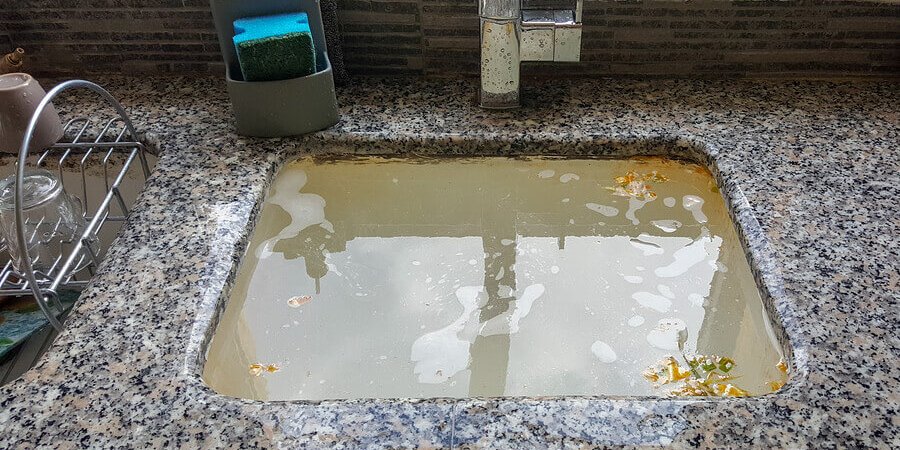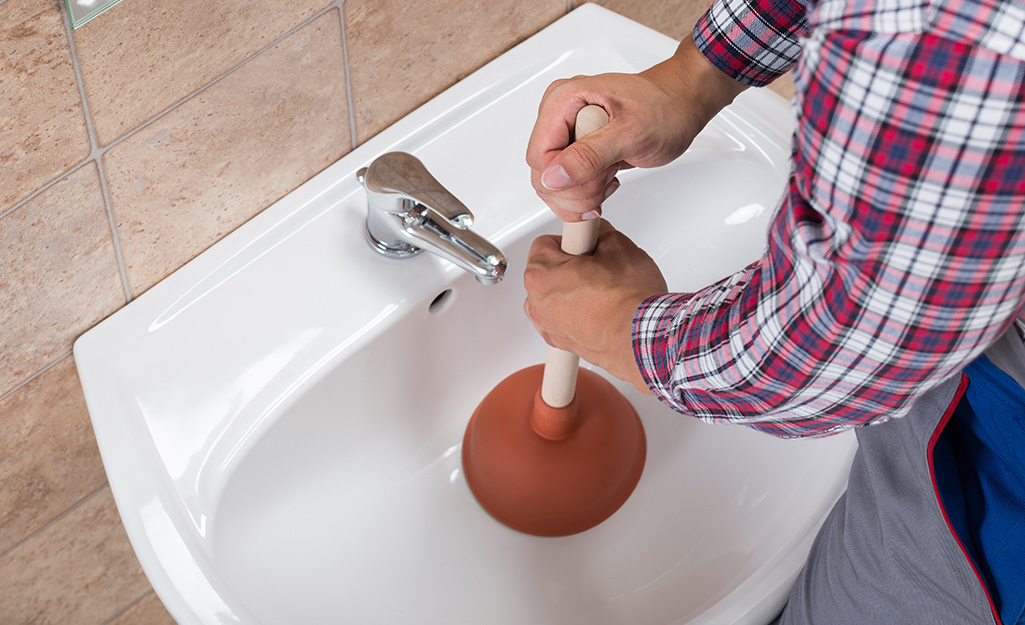Ways to Deal with a Blocked Drain Before Reaching out to Plumbing Experts
Ways to Deal with a Blocked Drain Before Reaching out to Plumbing Experts
Blog Article
We have unearthed this great article about Tips for Dealing with Clogged Drains and Sewer Lines listed below on the net and decided it made good sense to talk about it with you in this article.

Introduction
Taking care of an obstructed drainpipe can be a discouraging experience, disrupting everyday activities and potentially creating damage to your building. Nevertheless, prior to reaching out to pipes specialists, there are actions you can take to address the issue on your own. In this guide, we'll check out do it yourself remedies and safety nets to take on an obstructed drain effectively.
Identifying the Problem
The primary step in addressing a blocked drainpipe is identifying the indicators. Slow water drainage, gurgling audios, foul odors originating from drains, or water backing up prevail indications of a blocked drainpipe. Recognizing these indications early can assist prevent further problems.
Usual Causes of Blocked Drains
Comprehending the aspects that add to drain obstructions is necessary for efficient resolution. Usual wrongdoers include hair, soap residue, grease, food particles, and foreign items like hygienic items or paper towels. Tree roots getting into below ground pipes can likewise trigger substantial blockages.
DIY Solutions
For minor obstructions, numerous do it yourself services can be effective. Pouring boiling water down the drain can aid dissolve grease and particles. Sodium bicarbonate and vinegar or a mix of salt and cooking soda can serve as natural cleaners. Utilizing a plunger or pipes serpent to dislodge obstructions is another alternative.
Tools and Equipment
Having the right tools accessible can make DIY drain cleaning up much more efficient. A plunger is a versatile device for clearing blockages in sinks, toilets, and showers. A plumbing snake or auger can get to deeper clogs, while drainpipe cleaning chemicals can be used cautiously for persistent blockages.
Safety nets
To avoid future obstructions, taking on preventive measures is crucial. Install drainpipe guards or filters to catch hair and debris before they get in the pipelines. On a regular basis flush drains pipes with warm water to liquify oil buildup, and avoid taking care of grease or solid waste down the drain.
When to Call a Professional
While do it yourself remedies can resolve small clogs, particular indicators show the need for expert assistance. Consistent obstructions, foul odors in spite of cleansing efforts, or multiple drains supporting simultaneously are red flags that warrant experienced intervention.
Choosing the Right Pipes Service
When selecting a plumbing solution, think about factors such as experience, licensing, and client reviews. Choose a trusted plumber with a record of quality handiwork and transparent prices techniques.
Cost Factors to consider
The cost of professional drainpipe cleaning services can differ depending upon the seriousness of the obstruction and the plumbing professional's prices. Request quotes from numerous providers and ask about any kind of additional charges to guarantee openness and avoid surprises.
Safety and security Precautions
When trying DIY drain cleaning, prioritize safety and security. Use safety gloves and eyeglasses to prevent contact with damaging chemicals or microorganisms. Never ever blend various drainpipe cleaning items, as this can create dangerous fumes.
Instance Studies
Real-life instances show the effectiveness of DIY solutions and the relevance of timely specialist treatment in fixing drain clogs.
Conclusion
By complying with the ideas outlined in this guide, you can properly tackle blocked drains and stop future pipes problems. Whether going with do it yourself options or looking for professional assistance, prompt action is essential to keeping a healthy and balanced pipes system and maintaining the integrity of your home.
WHAT I LEARNED FROM TRYING TO DEAL WITH A CLOGGED DRAIN
We have had our share of seepages and other annoying things that are part of living, especially in an apartment complex. And if there’s one thing that’s terrifying for a homeowner—or even someone in a rented home—it is a clogged drain, indoors or outdoors.
We enjoy our living space, but it’s simply a fact of life that dead skin, soap and a host of other items go down the drain; eventually, the residue builds up and prevents anything from moving. Ugh.
Not Calling A Professional
Of course, it might seem simple to just whip the pipe off under the sink and see if you can unblock it. Unfortunately, what if the blockage isn’t there, or you don’t reconnect it properly? Worse, you might break a piece and have no drainage system. Can you imagine that scene? Yuck!
Not Watching Your Waste
This will sound d’uh, but the best tip I can give you for drain cleaning is to avoid clogging the drain in the first place! You can do this by monitoring what goes down the drain and catching the items which are most likely to give you a problem. Invariably hair, vegetable peels, and large wads of toilet paper are the most obvious culprits. Add a filter—these are available in hardware stores and can be removed and cleaned easily.
Poking The Drain
The first urge with a clogged drain is to poke at it with a stick or anything that resembles a stick. Sadly, this does not result in magically solving the issue. The mental image is, naturally, one of the stick just pushing through the offending item and all is well again. Reality is quite different and unpleasant and likely to lead to further problems.
The thing is, every drain has a series of bends that are not visible to us. Drains are built this way to prevent gases from entering the house. What happens when you poke a stick into the drain? Of course, it can’t bend around the corner. The more adventurous people will use force and end up wedging the stick or causing it to break off in the pipe—creating an even bigger issue. Worst thing? The stick will shift the block further down the pipe, creating the space for more to collect. Go ahead! Roll your eyes!
Using The Wrong Plunger
You know what they say: the right tool for the right job! Did you know there are different types of plungers besides the basic one we keep at home for an emergency? Yes, there are. For example, the toilet plunger has a bell-shaped bottom while the sink plunger is flat. This is an important difference and using the wrong plunger will be useless. There’s also a knack in using plungers—they must be placed in such a way that they create an airtight seal and then, moved slowly up and down—not as fast as we imagine.
https://vidyasury.com/2018/01/learned-trying-deal-clogged-drain.html

We are very focused on 8 Tips For Clearing A Blocked Drain and I really hope you liked our blog posting. Sharing is good. You never know, you may very well be helping someone out. Kudos for being here. Come back soon.
Book Report this page